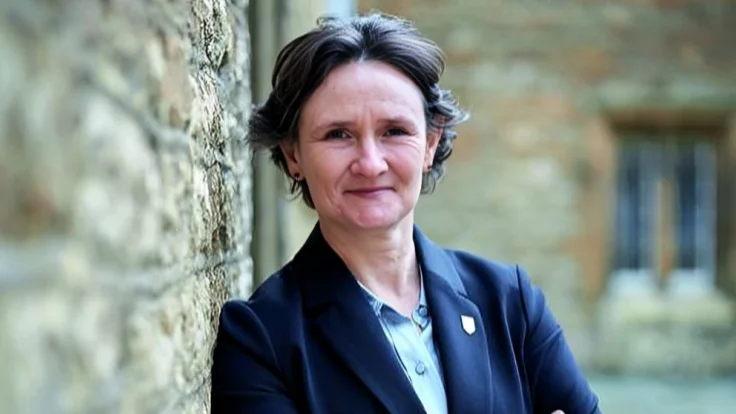A recent study has traced the origins of silver from the Bedale hoard, discovered in 2012 in North Yorkshire, revealing that Viking wealth in England included silver sourced from both western Europe and the Islamic world. The research team used geochemical analysis to examine 29 silver ingots and several pieces of jewellery dating to the late ninth or early tenth century.
The results show that while much of the silver came from Anglo-Saxon and Carolingian coinage, a significant portion originated from Islamic dirhams, which were transported through Scandinavian trade routes. The findings challenge the traditional view of Vikings as primarily raiders who accumulated wealth by looting monasteries and wealthy settlements.
Dr Jane Kershaw, Gad Rausing Associate Professor of Viking Age Archaeology at the School of Archaeology, commented:
"Most of us tend to think of the Vikings primarily as raiders, who looted monasteries and other wealthy places in search of wealth. What the analysis of the Bedale hoard shows is that that is only part of the picture.
"The Vikings did loot and pillage – and some of that wealth is preserved in the rings and ingots in the hoard. But they also made great profits from long-distance trade routes connecting northern Europe to the Islamic Caliphate. We can now see that they brought large quantities of this Islamic silver with them when they established settlements in England.
"I love to think how Bedale – today a quintessentially English market town in north Yorkshire – was, in the Viking Age, at the heart of a much wider, Eurasian Viking economy.'The Vikings weren't only extracting wealth from the local population, they were also bringing wealth with them when they raided and settled'"
Researchers from both Oxford University and British Geological Survey used lead isotope and trace element analyses to identify three main sources for the hoard's silver: western European coins, Islamic dirhams mainly minted in areas corresponding to present-day Iran and Iraq, and mixed sources reflecting both regions. About one-third of the ingots matched chemically with Islamic Caliphate mints.
Evidence also suggests that Viking metalworkers refined some imported silver using local lead—such as supplies found near North Pennines—and crafted objects like neck-rings by blending eastern and western silvers locally. These practices point to advanced metalworking skills among Viking communities.
The study adds support to previous research indicating that Viking economic strategies involved more than military campaigns or extraction of tribute; commercial exchange played an important role. Silver coins imported along long-distance trade routes were often melted down for recasting into standardised forms for use within Scandinavian markets.
Scientific techniques such as geochemical analysis continue to shed light on how Vikings acquired their wealth during their settlement period in England.

